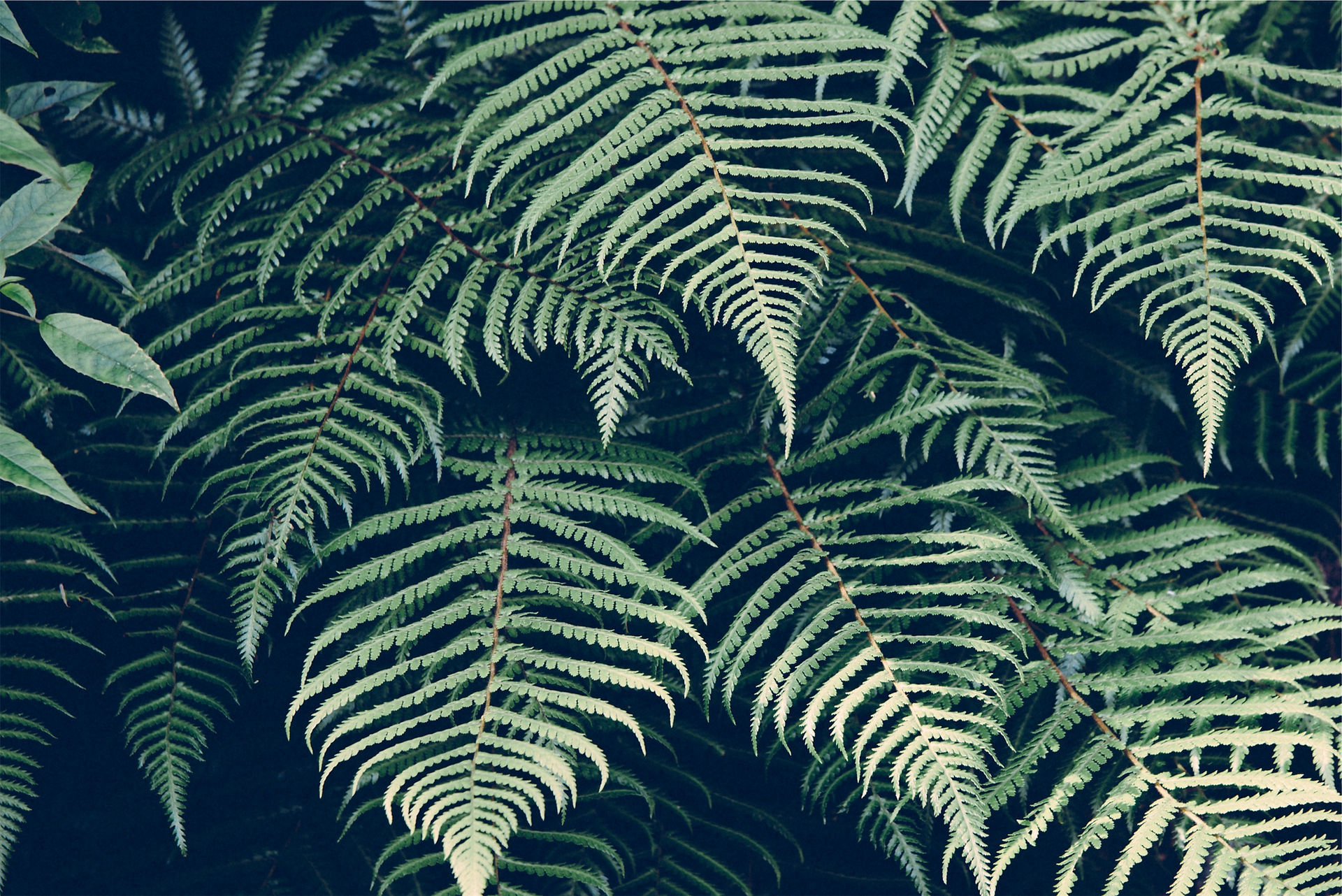
Sustainable Gardening
A Community's Perspective
What is Sustainable?
That word has been around for quite a while. Twenty-three years ago an article was written in the Journal of Agriculture and the Environment which defined what this meant in the sense of agronomy. On a large scale is means to provide for the requirements of current and upcoming generations while safeguarding natural resources (Edwards et al., 1993). This is not dissimilar from the definition of an even older article from a different author, Altieri, who defined it as focused on the growth of agricultural procedures that support long term production without damaging the resource base (1989).
Long story short- sustainable growing meet two requirements.
1). Productivity
2). Conservation of the Natural Resource Base.
What does this mean for your garden at home? Well, practically it means limiting the damage to the environment and biodiversity in your general area while still getting good yield. There are many practices for that which will be covered in a set of blogs from myself and other guest writers over the next several weeks.
Things to consider until then:
-
limiting the input of unnatural and potentially harmful substances in the growing area and surrounding environment (i.e. pesticides and fertilizers) which can destabilize natural systems and threaten the ecology of the area (Edwards et al., 1993).
-
using natural processes such as composting and attracting pollinators to stimulate production.
Why Bother?
The use of unsustainable inputs in our environment is one big way that the natural system gets damaged (Edwards et al., 1993). Productivity can even be increased when sustainable methods are being used such as composting, companion gardening/intercropping, and planting pollinator attracting floras (Altieri, 2004; Ren at al., 2014). It is very important that each person do their part in helping out with local conservation. If each person conserves the environment that they are directly in contact with, then together, we can save so much biodiversity on the large scale.
________________________________________________________________________________________________________________________
Sources:
Altieri, M. A. (1989). Agroecology: A New Research and Development Paradigm for World Agriculture. Agricultural Ecology and Environment, 27, 37-46.
Altieri, M. A. (2004). Linking Ecologists and Traditional Farmers in the Search for Sustainable Agriculture. Frontiers in Ecology and the Environment, 2(1), 35-42
Edwards, C., Grove, T., Harwood, R., & Colfer, C. P. (1993). The role of agroecology and integrated farming systems in agricultural sustainability. Agriculture and the Environment, 99-121.
Ren, W., Hu, L., Zhang, J., Sun, C., Tang, J., Yuan, Y., & Chen, X. (2014). Can positive interactions between cultivated species help to sustain modern agriculture? Frontiers in Ecology and the Environment, 12(9), 507-514.


